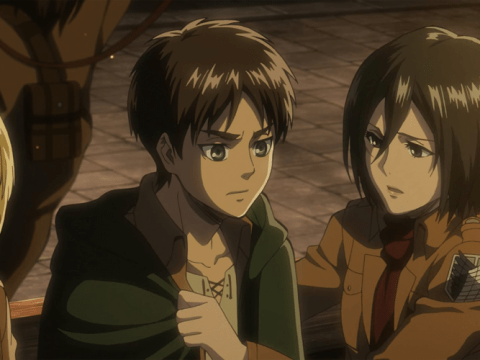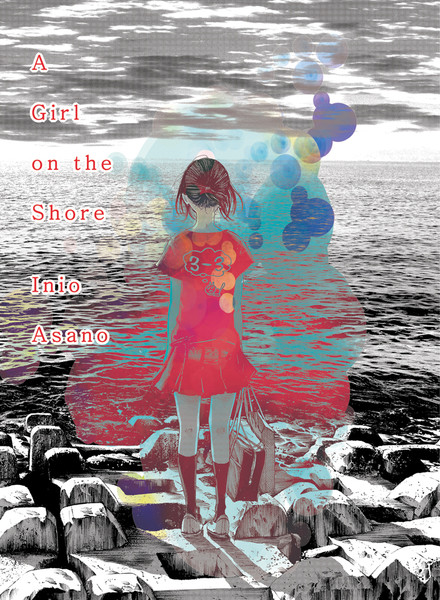 The blurb on the back of Inio Asano’s latest manga calls it “an intense teen romance.” The intense part, that’s true. And I suppose you could call it a romance—that is, if you could call Haruki Murakami’s Norwegian Wood a romance. Which it’s not. And really, neither is A Girl on the Shore. What it is, however, is a story of self-discovery that involves a lot of sex. No, really. Lots and lots of graphic sex. So don’t say you weren’t warned.
The blurb on the back of Inio Asano’s latest manga calls it “an intense teen romance.” The intense part, that’s true. And I suppose you could call it a romance—that is, if you could call Haruki Murakami’s Norwegian Wood a romance. Which it’s not. And really, neither is A Girl on the Shore. What it is, however, is a story of self-discovery that involves a lot of sex. No, really. Lots and lots of graphic sex. So don’t say you weren’t warned.
Asano is not one to shy from heavy, difficult subjects. In his previous works (Solanin, Nijigahara Holograph), he explored death, grief, and trauma. A Girl on the Shore is no different. The two teenage protagonists, Keisuke and Koume, are both traumatized and disaffected. Keisuke’s older brother committed suicide by swimming out to sea; Koume was sexually abused by their small town’s high school playboy. Keisuke offers himself to Koume as a willing balm for the hurt afflicted by the playboy and gets in return a forceful distraction from the emotional ghost of his brother. Koume uses Keisuke (secretly, for she doesn’t want her friends to know) to fill a nebulous gap in her life, perhaps to feel in control of something, anything. Over the course of a spring and summer, they perfect their escapism with their drug of choice: sex.
The picture Asano paints is bleak—although he depicts it beautifully. His gorgeously rendered seascapes and city scenes produce a poignant, almost painful ennui when contrasted against the tumultuous, rigorously suppressed emotions of Koume and Keisuke. Their sex acts are illustrated in just as much careful, almost analytical detail as the landscapes. Hair and skin, saliva and cum, breasts and lips, penis, anus, vagina—they’re all there. These scenes aren’t titillating, they’re just fact: one body moving against another.
Koume and Keisuke’s selves are consumed in almost desperate acts of exploration. During sex, they don’t speak. Outside of sex, their words to one another are often cold, sometimes cruel. They occasionally wonder aloud why they continue to do it. Then Koume mounts Keisuke or Keisuke takes Koume from behind, and they cease to think about it any longer.
The story itself evolves slowly, almost painfully so. It stretches on and on, tension rising, until everything suddenly snaps. The release, however, is as anticlimactic as Koume and Keisuke’s relationship. The end isn’t really an end: they’re growing and moving on. They learn some things and they don’t learn others. But hopefully—for them as well as for any of us—there’s healing along the way. And maybe someday, happiness.
Publisher: Vertical
Story and art: Inio Asano
Rating: 18+


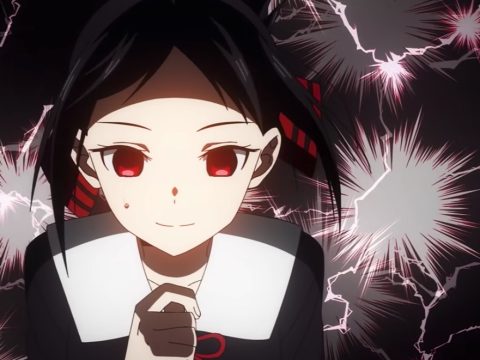
![Lady Oscar: The Rose of Versailles [Anime Review] Lady Oscar: The Rose of Versailles [Anime Review]](https://otakuusamagazine.com/wp-content/uploads/2021/11/RoV_Vol2_Front_CoverArt_V1-480x360.jpg)
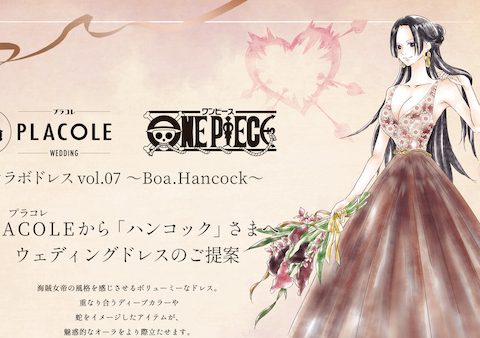
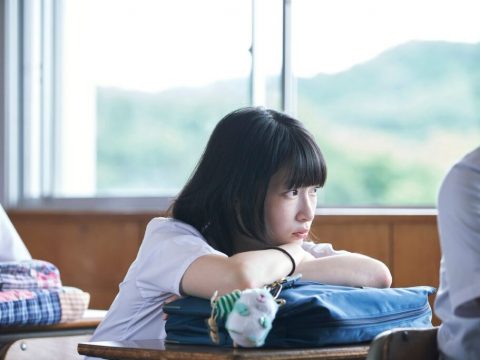
![Shikimori’s Not Just a Cutie [Manga Review] Shikimori’s Not Just a Cutie [Manga Review]](https://otakuusamagazine.com/wp-content/uploads/2021/05/shikimoris-not-just-a-cutie-v4-16-9-480x360.jpg)
